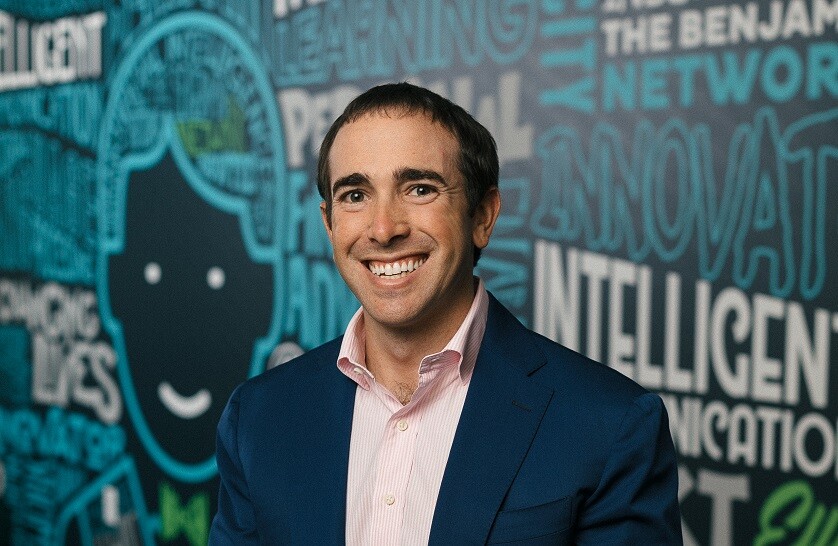SAN DIEGO — If AI is so useful to financial advisors, why aren’t we seeing more adoption?
Although most agree that artificial intelligence has the power to upend the wealth management industry, there’s a perception that it’s still waiting for its big breakthrough, says Matt Reiner, CEO of Benjamin, a digital personal assistant for financial advisors.
Based in the cloud, AI assistants sync to a handful of advisor-facing technologies like CRM, portfolio management systems and scheduling apps, as well as aggregate data used by advisors to service their clients.
Reiner says AI’s tipping point may be happening in front of our eyes — but we’re just not seeing it. See what else has to say about technology adoption, the challenges for independent advisors and the future of AI.






